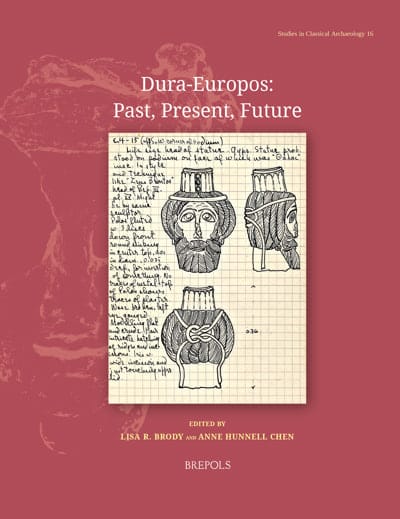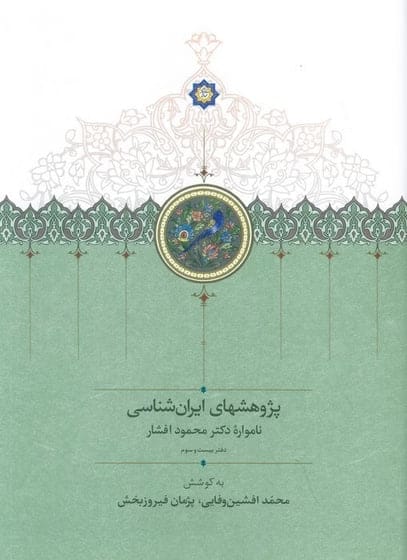Peacock, Andrew (ed.). 2025. Iran and Persianate Culture in the Indian Ocean World. London: Bloomsbury.
Most of the historiography of the Iranian world focuses on interactions and migrations between Iran, Central Asia and India. Nonetheless, this Iranian world was also closely connected to the maritime one of the Indian Ocean. While scholarship has drawn attention to diverse elements of these latter interactions, ranging from the claims to Shirazi descent of East African communities, to Persian elements in Malay literature, and Iranian communities of merchants in China, such studies have remained largely isolated from one another. The consensus of historiography on the Indian Ocean presents it as an ‘Arabic cosmopolis’, or, in earlier times, a Sanskrit one. The aim of this book is thus to bring together scholars working on disparate aspects of Persianate interactions with the Indian Ocean world from antiquity to modern times to provide a more rounded picture of both the history of the Persianate world, broadly conceived, and that of the Indian Ocean.
The book brings together a collection of internationally renowned scholars from a variety of disciplines – including archaeology, history, literature, linguistics, art history – and covers interactions in Iran’s political and commercial relations with the Indian Ocean world in history, Persian-speaking communities in the Indian Ocean world, Persian(ate) elements in Indian Ocean languages and literatures, Persian texts dealing with the Indian Ocean, and connections in material culture.
Table of Contents
List of Figures and Tables
List of Contributors
Acknowledgements
Introduction
A.C.S. Peacock
Chapter 1. The Sasanian Origin of Siraf?
Seth M.N. Priestman
Chapter 2. Mark Marking on Ceramic Transport Jars – Clues to Persianate Actors and Networks in the Indian Ocean World (8th through 10th Centuries AD)
Elizabeth Lambourn
Chapter 3. The Shirazis in East Africa, myth or reality?
Mark Horton
Chapter 4. Maritime relations between the Persian Gulf and China: An overview from the Song through the Ming periods (10th-17th centuries)
Ralph Kauz
Chapter 5. The Role of Iran in the Islamicisation of the Maldives
Jost Gippert
Chapter 6. Medieval Khurasan and the Indian Ocean World
A.C.S. Peacock
Chapter 7. From Devas to Muwakkils: Manifestations of Indic Gods in Persianate Works
Maya Petrovich
Chapter 8. Traditional Malay Conversion Narratives, Sufi Hagiography, and Persian Historiography: Crafting Political Legitimacy while “Centring the Periphery” in the Malay World
Alexander Wain
Chapter 9. The Jami? al-barr wa’l-ba’r: The place of ‘birds of paradise’ in the elaboration of Perso-Islamicate traditions in the eastern frontiers of Indonesia
Raha Ebrahimi
Chapter 10. Another Ship of Persians to Siam in the 17th Century: An Account of a Persian Shi?i Anthology in Patna, Dhaka and Burma
Majid Daneshgar
Chapter 11. Arabic-Persian Bilingualism and Persianate Identities in the Early Modern Western Indian Ocean: The Case of Mirza Muhammad Fayyaz
James White
Chapter 12. Unfinished Hyperboles! Adam’s Footprint in Sri Lanka and Wonder on the Edge of Modernity
Vivek Gupta
Chapter 13. Rejecting the Persianate Past: A Pioneering Urdu History of the Indian Ocean
Nile Green
Chapter 14. Royal Exile in the Indian Ocean: Reza Shah’s Sojourn in Mauritius
H.E.Chehabi







